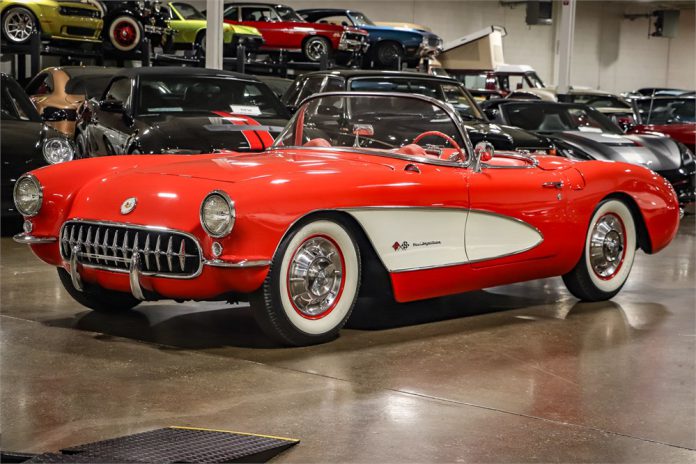It’s time to single out some cars on AutoHunter that move me in some manner (with the hopes that they move you too). Today’s inspiration is growth, as tastes and paradigms change over the years, and all three vehicles reflect an evolution on how I see them.
1957 Corvette
When I was a kid, old cars with four headlights > two headlights. Why go for a 1957 Caddy when the ’58 with quads looked less like a fish? It was the same with early Corvettes, as I absolutely favored the 1958-62s. I feel differently today as the 1957 Corvette is almost the perfect Vette, and high on the totem pole of Harley Earl’s best from the era of Motorama .
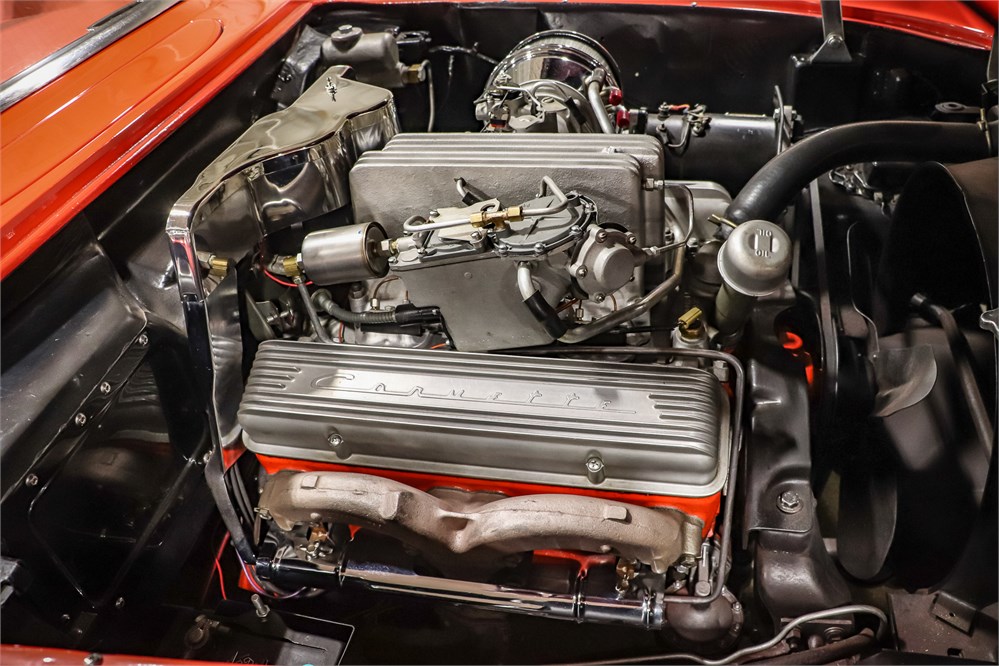
Nineteen fifty-seven is significant for other reasons: it was the first year for both the four-speed manual transmission and fuel injection. Chevrolet famously touted the achievement, “One horsepower for ever cubic inch of engine displacement,” implying this was an engineering first. However, that was not quite true, as the optional engine for the 1956 Chrysler 300-B put out 355-horsepower from 354ci, and the 1957 DeSoto Adventurer featured a 345ci with 345 horses, though neither brand sought fit to exploit this in their marketing.
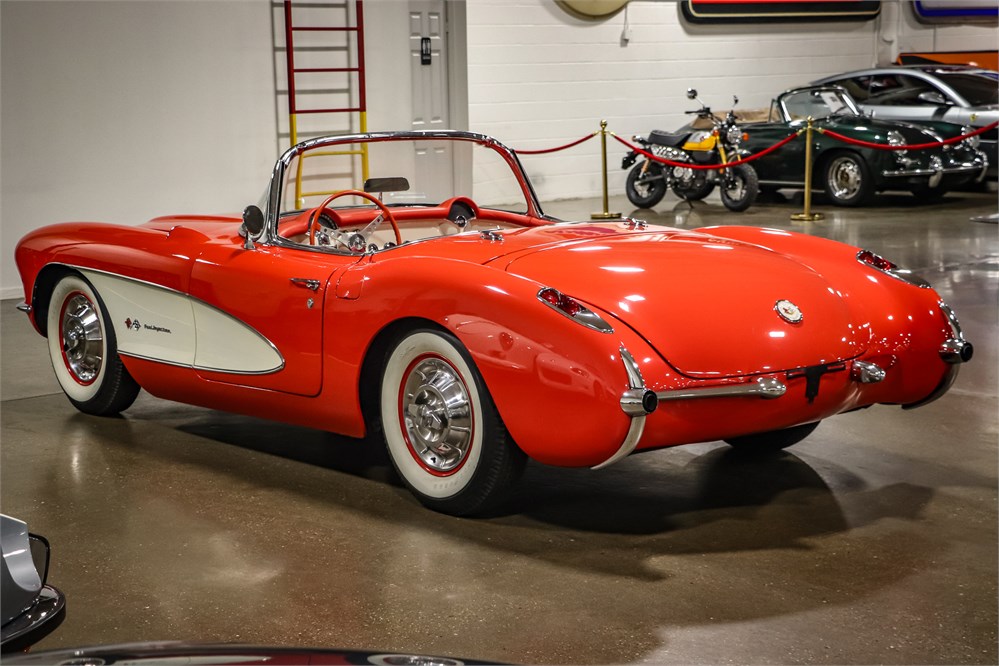
There actually were two fuel-injection engines: a standard-tuned 283 with 250, or one with solid lifters and 283 horsepower. Combine the latter with a four-speed and Venetian Red paint and you’ll have one of General Motors’ best from the era.
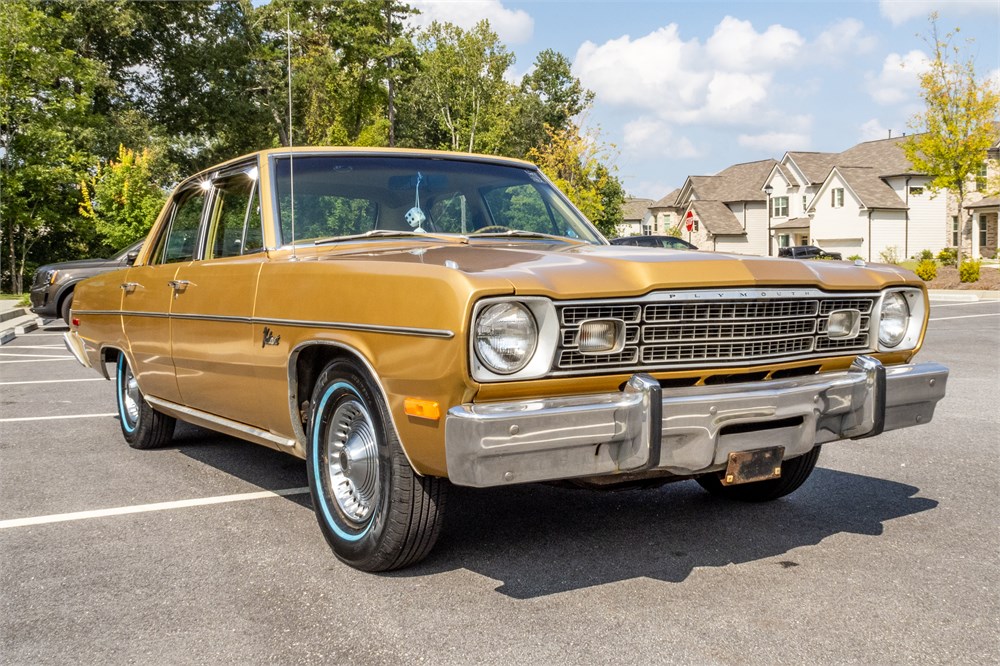
1974 Plymouth Valiant
Compact cars were cheap to this kid. Didn’t matter what model (Dart, Nova, Falcon, Maverick, Valiant, etc.) — they all were the same. Maybe it’s the single headlight thing? Even now, I don’t have fond affinities for many compacts aside of a 1965 Comet here or a Dart GTS there. So why the love for this gilded 1974 Plymouth Valiant four-door?
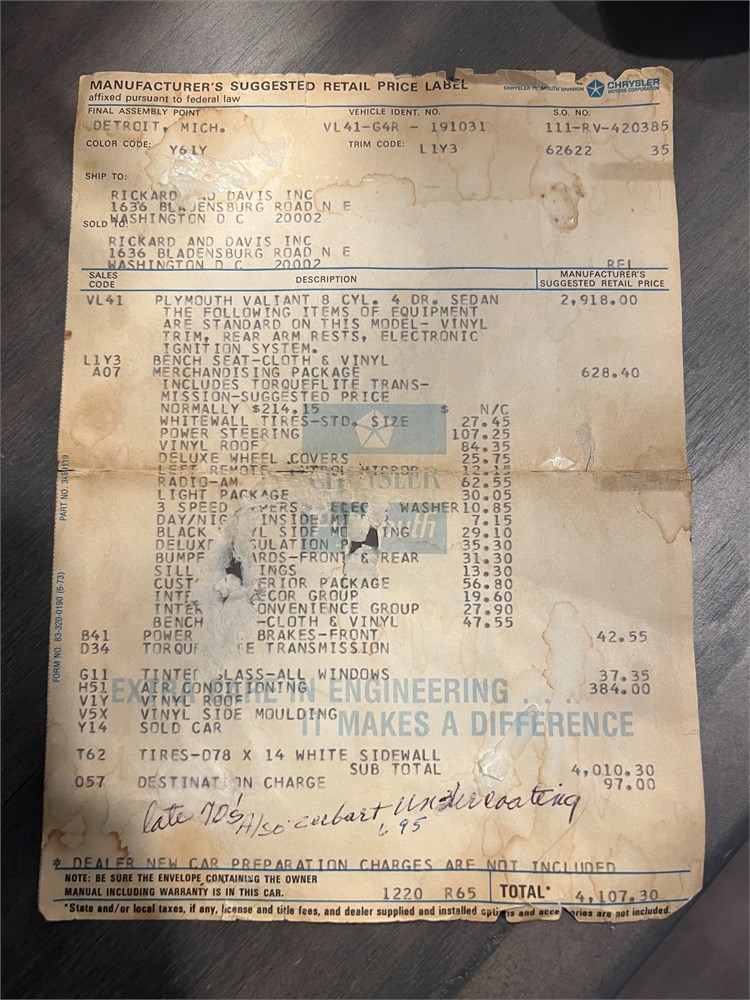
Long hailed as the most durable car in America, Valiants aren’t seen much on the streets anymore, but if you’re going to find a 50-year-old beater in Anywhere, USA, it likely will be something like this … except this one has 23K miles on the odometer. Immediately I notice the optional cloth and vinyl interior, which is easy to do since it doesn’t look like a taxi’s. In fact, the window sticker shows this Valiant is well-equipped with over $1000 in options. Who said Valiants were cheap? This vehicle has appeal in ways I would have never considered even several years ago, if not only because I miss the ubiquity.
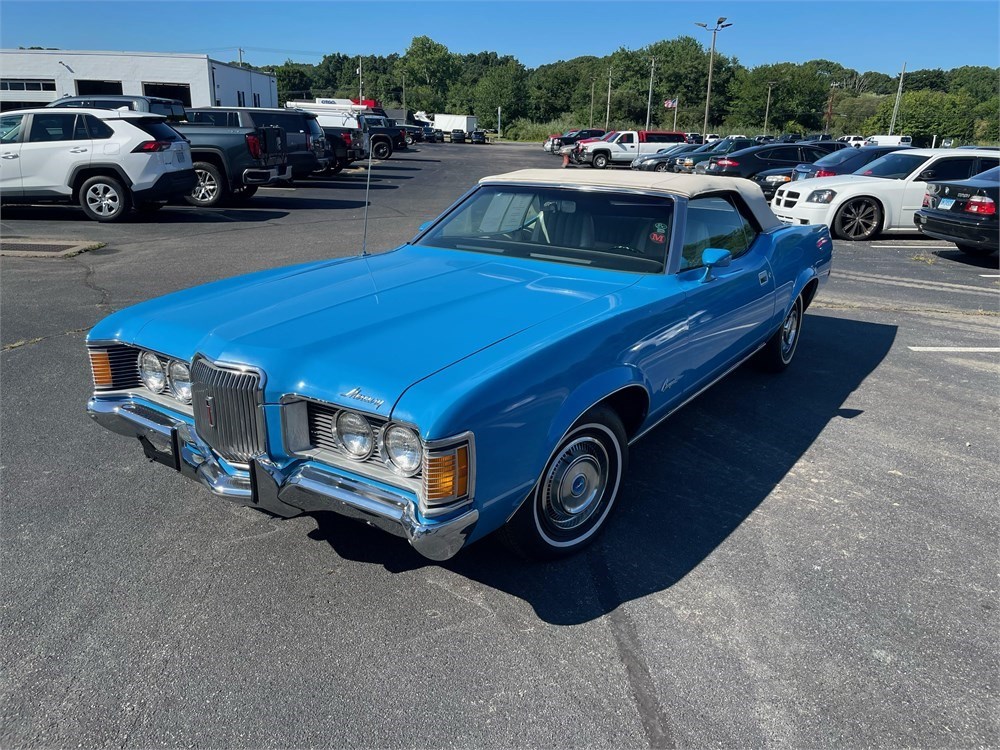
1972 Mercury Cougar
This one is a bit inverted from the previous two, as I have grown to like (if not accept) the above, while this is a car from which I’ve grown distant. As a kid, anything with hidden headlights or sequential taillights was quite alright in my book, so I quite liked Mercury Cougars. Though the 1971 Cougar lost its hidden headlights, it was fine with me because the sequentials were still there.
However, over time, I have tended to eschew the visually identical 1972 Cougar because Ford didn’t handle the low-compression world as well as other brands. The 429 was gone and, besides, Ford didn’t develop the big-block for the new unleaded reality like, say, Pontiac did — the 351 four-barrel actually made more horsepower than the 429 available for the 1972 Montego. The 351 in Cobra Jet form had decent grunt, but the Cougar model also was moving towards a personal-luxury bent, which pretty much was the kiss of death for a vehicle that once participated in the muscle car wars when properly equipped.
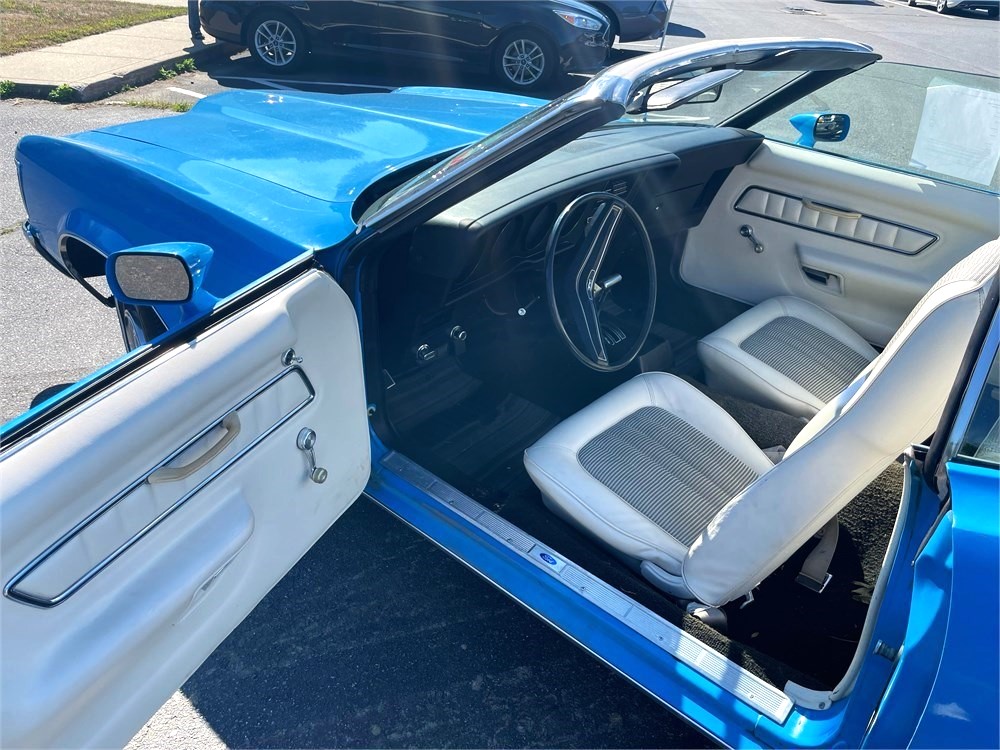
Nonetheless, what catches my eye on this 1972 Cougar is the trim combination: Competition Blue with black/white cloth interior. This is one of those colors that can make a hum-drum vehicle instantly desirable to me, so perhaps the 351 two-barrel engine and automatic transmission makes me yawn yet the strongest aspect of its appeal can be seen with your eyes.



